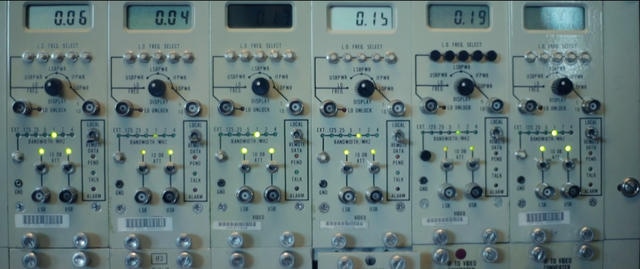Ny-Alesund is a scientific place. It’s a town made for science, designed for science; so there are no children around, there are no retired people around. Everybody is working in science or related to science.
Ny-Alesund is a research town on the island of Spitsbergen in Svalbard. If you are wondering where is Svalbard, just look at the map: you may be surprised to find out that the archipelago is located between continental Norway and the North Pole. This is a place where the population is only about 2,600 people while about 3,000 polar bears live here; where one can’t be born or buried; and where the rhythm of life is very different from the rest of the world. The magic of Svalbard was already featured in one of our previous Video of the Week posts. Additionally, this remote part of the world is so fascinating that learning more about it inspired me to embark on my very own Arctic adventure.
While Longyearbyen is the main centre of the island, there are several other settlements scattered throughout Svalbard, one of them being Ny-Alesund, the world’s northernmost functional civil settlement. Ny-Alesund has an all-year permanent population of 30 to 35 in the summer reaching the number of 120, and is host to sixteen permanent research stations run by agencies from ten countries. The “last town before the North Pole” is home to 40-50 buildings, one main street and, most importantly, the world’s northernmost post office.
Who are the scientists living in Ny-Alesund and on what can you work 79 degrees north? The team behind Goroka, an agency specialising in creating and producing creative content found the answers.
Goroka’s team consists of about 50 people passionate about storytelling ranging from film-makers, editors and journalists to producents. While the company is based in Barcelona, its creatives are often on the road visiting remote places, overcoming nature, fate and themselves and discovering the unknown – all of this to tell stories from their perspective.
In Portraits at the Edge of the World: Ny-Alesund, German engineer Moritz Sieber discusses his work with one of the largest radio telescopes in the world, where he “observes space in order to understand the Earth”. Moritz provides background of his scientific work but also his feelings about life in the unusual setting of the northernmost human settlement on the planet:
It’s a very remote place, very far away from home where I come from, but still, Ny-Alesund is home as well. (…) The other aspect is people; so, there are people that you like, people that like you – and I don’t think you need much more than that to feel at home.
The short film is part of ’Portraits at the Edge of the World’, a series dedicated to the stories of the lives in the most remote and isolated places on Earth. The series was directed for Eldorado and released on Nowness. The execution is a result of the cooperation of directors Santi Baró and Guille Cascante, photography by Anna Huix and design by Folch. It was filmed in Greenland and the Norwegian Arctic.
Two more chapters have been released: The Ghost of Pyramiden’, starring Kirill Shepelev, a Russian man who lives six months a year in an abandoned mining town on Svalbard, and who speaks of loneliness and his memories of a small, utopian society, and a portrait of Inuit hunter Anda Kuitse who lives in the isolated settlement of Kulusuk in southeastern Greenland, carrying on the customs started by his ancestors, supplying the town’s 300 inhabitants with food.
See how life (and research) at the edge of the world looks like – we are sure you will add Svalbard to your travel bucket list!

Portraits at the Edge of the World: Ny-Alesund
Follow GOROKA on their Vimeo channel | Facebook | Twitter | Instagram | website.
Do you have a video you think we should feature, or is one of your friends a talented filmmaker? Submit your work at marketing@foliovision.com for a chance to be featured in our Video of the Week series!
DT00SK


Leave a Reply